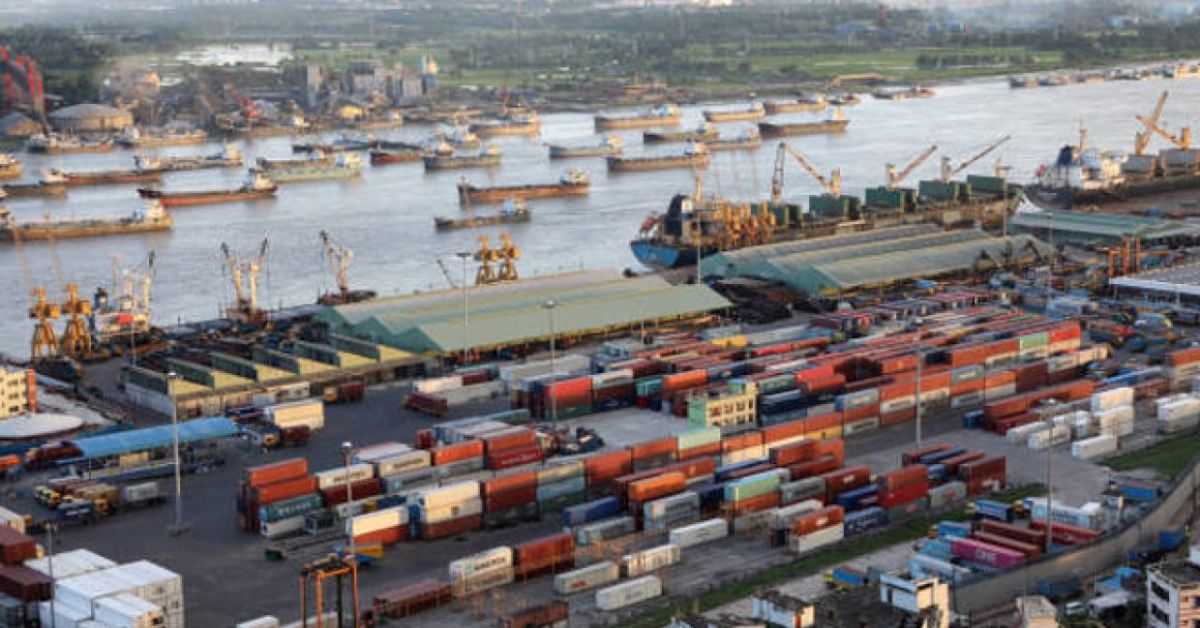Bangladesh’s exports to India have shifted dramatically towards sea transport, with shipments through Chattogram Port soaring after New Delhi tightened restrictions on goods entering via land ports.
Over the past four months, India has imposed three sets of curbs on imports from Bangladesh, targeting items such as apparel, processed foods, plastics, yarn, furniture, and, most recently, raw jute and jute products. While land routes remain restricted, sea channels are still open—though slower and costlier.
Currently, most Bangladeshi exports take a longer detour, moving from Chattogram to Colombo before reaching Indian ports like Kolkata or Mumbai’s Nhava Sheva. Despite higher freight costs and longer transit times, Indian buyers continue sourcing from Bangladesh, largely because of duty-free benefits and limited alternatives.
Data from the National Board of Revenue (NBR) and Chattogram Customs show exports to India through Chattogram surged 139 percent year-on-year in the first eight months of 2025—rising to $338.2 million from $141.4 million a year earlier. Export volumes more than doubled to 116,000 tonnes from 60,525 tonnes.
Overall, Bangladesh exported 760,000 tonnes of goods worth $1.22 billion to India between January and August this year. That marks a 3.3 percent increase in value but a 10.9 percent drop in volume compared to the same period in 2024.
Shipments through Chattogram, Mongla, and the largest land port, Benapole, totalled $824 million during the eight-month period, up from $770 million last year. But when Chattogram is excluded, exports via all other gateways fell sharply—dropping $157.6 million in value and 148,000 tonnes in volume.
Benapole, historically the busiest hub for Indo-Bangla trade, saw the steepest decline. Exports through the port fell to 201,000 tonnes worth $486 million, compared to 281,000 tonnes worth $623.8 million a year earlier—a 22 percent drop in value and 29 percent in volume. Mongla Port fared even worse, with exports collapsing from $5.3 million last year to just $91,000 this year.
Chattogram already handles 84 percent of Bangladesh’s international trade, and the surge in India-bound shipments has strained its capacity further. The port’s storage capacity is 53,500 TEUs, with operations running smoothly only if volumes stay under 40,000. Since March, however, container levels have consistently remained above 43,000 TEUs, peaking at 49,131 TEUs in mid-August—a record high that sparked fears of gridlock.









